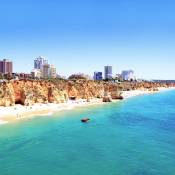The city of Porto clings to the steep slopes of the Douro River as it makes its final meanders before it reaches the Atlantic. A maze of cobbled streets spill down the hillside with azulejo-clad shops and warehouses crammed together. There are squares big and small, often dominated by a Baroque fronted church, and you will pass from faded Neoclassical grandeur to almost village-like quaintness from one street to the next. Eclectic is an understatement
Porto oozes history and this has been recognised with its UNESCO World Heritage status. On the other hand there is also very modern side to the city.
I spent a year living in Porto and feel like I barely scratched the surface of this fascinating and unique city. You could easily spend days just wandering the streets and not get bored.


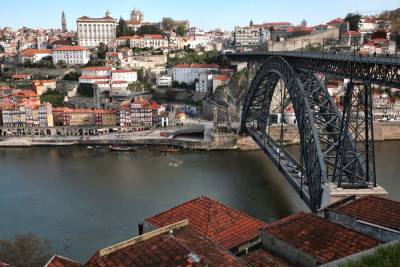













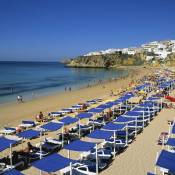 Albufeira
Albufeira
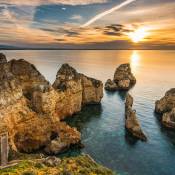

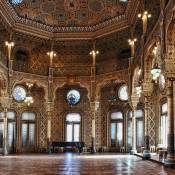


 Cascais
Cascais

